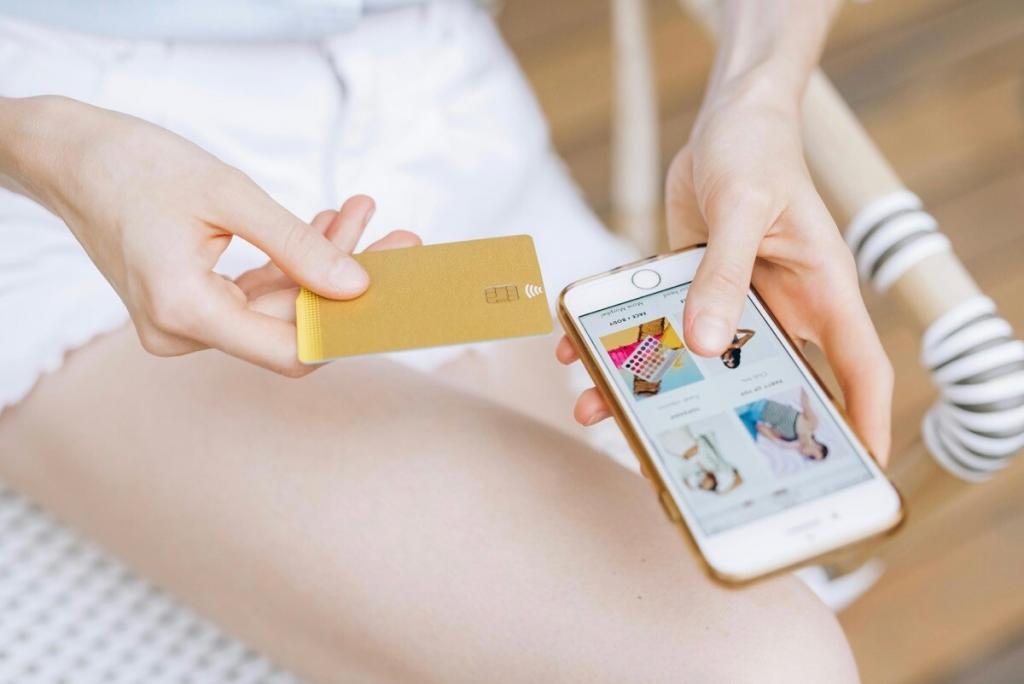
Maximizing Virtual Try-Ons and Other New Tech for Your Online Storefront
As new technology emerges, consumer preferences also evolve. In fact, according to Salesforce, 66% of consumers today expect companies to understand their unique expectations and needs, and 52% expect personalized retail offers. To foster more engagement, companies need to adopt strategies that help them keep up with the changing times and maintain their competitive edge.
For instance, some mobile retail apps embrace innovative features as their unique selling points. Amazon, for example, has an in-app barcode scanner that enables customers to search for products easily, while AliExpress provides personalized product recommendations based on browsing interests. Businesses can take inspiration from them by similarly incorporating unique features that attract consumers, such as AR-powered virtual try-ons and other emerging tech. Here’s how you can maximize virtual try-ons and other new technologies for your online storefront:
Virtual try-ons

If you run a retail e-commerce site, you can try to leverage AR-powered virtual try-on technology, which integrates digital perceptual information into the real world. This feature allows customers to check and virtually fit your products before purchasing. Eyewear retailer Sunglass Hut is leveraging this technology to enable shoppers to try on glasses online, helping them avoid the hassle of traveling to a physical store. Shoppers can choose from a wide selection of eyewear and then enable camera access to their devices before selecting eyewear styles that suit their facial features and preferences. Studies show that virtual try-ons can increase sales by up to 30%, making it a particularly effective tool for attracting more customers.
Voice assistants 

Smart voice assistants for shopping are a popular option for customers who may find in-store shopping inaccessible or for buyers who are always on the go. In fact, nearly 60% of online shoppers used voice assistants in 2021. Retail giant Amazon enables customers to access voice assistant Alexa to add items to their cart, allowing for a convenient shopping experience. Through natural language processing (NLP), voice assistants can understand words from various languages, and this technology can also learn buying habits for more personalized shopping. You can use a voice recognition system like Google Assistant to implement and maximize the same tech.
AI-enabled chat assistants

The rise of AI has significantly transformed the digital shopping experience. Today, businesses use AI-powered chat assistants that handle customer inquiries and orders, help process returns, and provide product recommendations based on consumer search patterns. One notable example is furniture retailer IKEA, which uses the chatbot Billie to answer buyer queries 24/7, including questions regarding order status. Beauty retailer Sephora’s chatbot, meanwhile, can offer skincare advice. NLP algorithms enhance these chatbots to attend to diverse customer concerns. Business leaders can maximize this tech by simulating user interactions to improve the conversational style of chatbots, addressing customer needs even outside of typical helpline hours.
Secure digital payment options 

Research shows that 51% of American shoppers use some form of contactless payment, including popular mobile wallets. Businesses that offer digital wallets as payment options can cater to more customers, but risks of identity theft and data breaches may be a cause of concern. This is why retailers are leveraging tech to ensure more secure payment methods, such as Amazon’s Secured Card, which is protected by industry-standard safety encryption to safeguard sensitive information. Designer eyewear brand Ray-Ban also uses PayPal, which has fraud detection capabilities. You can maximize this tech by ensuring a secure payment gateway through SSL certification to help customers feel safe during online shopping.
Leveraging new technologies is pivotal in helping companies attract more customers in the digital age. By maximizing virtual try-ons and other tech tools, business leaders can improve potential buyers’ shopping experiences.
